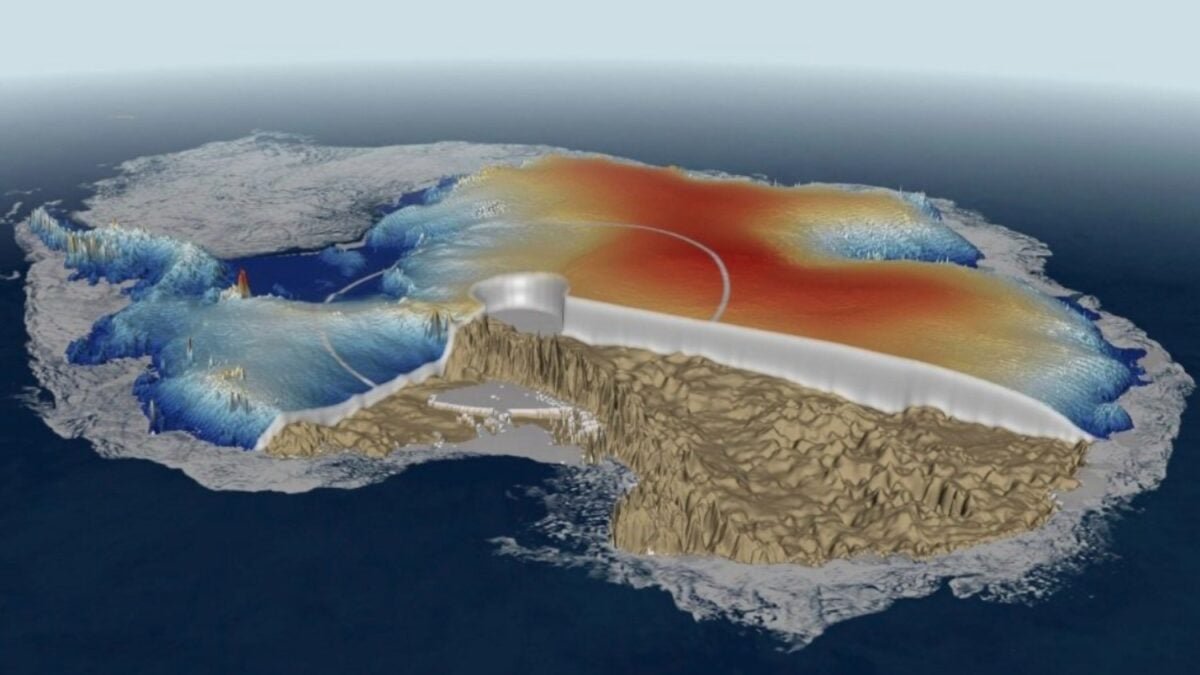Unveiling Antarctica’s Secret: Uncovering 85 Active Lakes Hidden Beneath Miles of Ice

Antarctica still holds secrets beneath its kilometers of ice. A recent study published in Nature revealed the existence of 85 active lakes that fill and drain in hidden cycles, raising the known number of such systems by 58%. The discovery not only transforms the view of subglacial hydrology but also adds essential pieces to understand glacier stability and the future of sea level.
## Lakes beating under the ice
Until now, scientists were aware of a certain number of subglacial lakes. With the new identification, the number rises to over 230. These lakes “feed” and drain, generating fluctuations that can lubricate the base of glaciers, reducing friction with the rocky bed and favoring a faster flow of ice towards the ocean.
The team used data from the CryoSat-2 satellite to detect changes in ice surface elevation. The recorded descents and ascents evidenced filling and draining processes in 37 drainage events and 34 filling events.
## A dynamic underground network
The finding shows that these lakes do not function in isolation. Several are connected in interdependent networks, transferring water at a regional scale. Researchers identified five new individual lakes and 25 clusters of activity.
Of particular relevance are the lakes detected within eight kilometers of the grounding line. These critical points can act as “lubricants” facilitating massive ice discharge into the sea.
## Implications for climate change
Until now, many climate models did not incorporate subglacial dynamics. This expanded catalog will allow for refining projections of glacier mass loss and sea level rise. Researchers warn that a sudden drainage could temporarily accelerate a glacier and trigger chain effects on its stability.
The causes of these cycles are not entirely clear yet. Proposed mechanisms include ice sliding, ice friction in motion, and variations in water pressure beneath the ice sheet.
The main risk lies in the acceleration of glacier sliding increasing the volume of water reaching the ocean, with global consequences. However, the lakes also present a unique opportunity for biology: some have remained isolated for millennia and could host extreme microbial ecosystems, comparable to those sought on icy moons like Europa or Enceladus.
## A key piece of the polar puzzle
The discovery adds 12 new complete filling and draining cycles to the global record, expanding the possibilities to test theories on the frequency and magnitude of these events. As scientists emphasize, understanding this hidden hydrology is essential to anticipate the future of Antarctic ice and, consequently, of a planet increasingly vulnerable to climate change.






